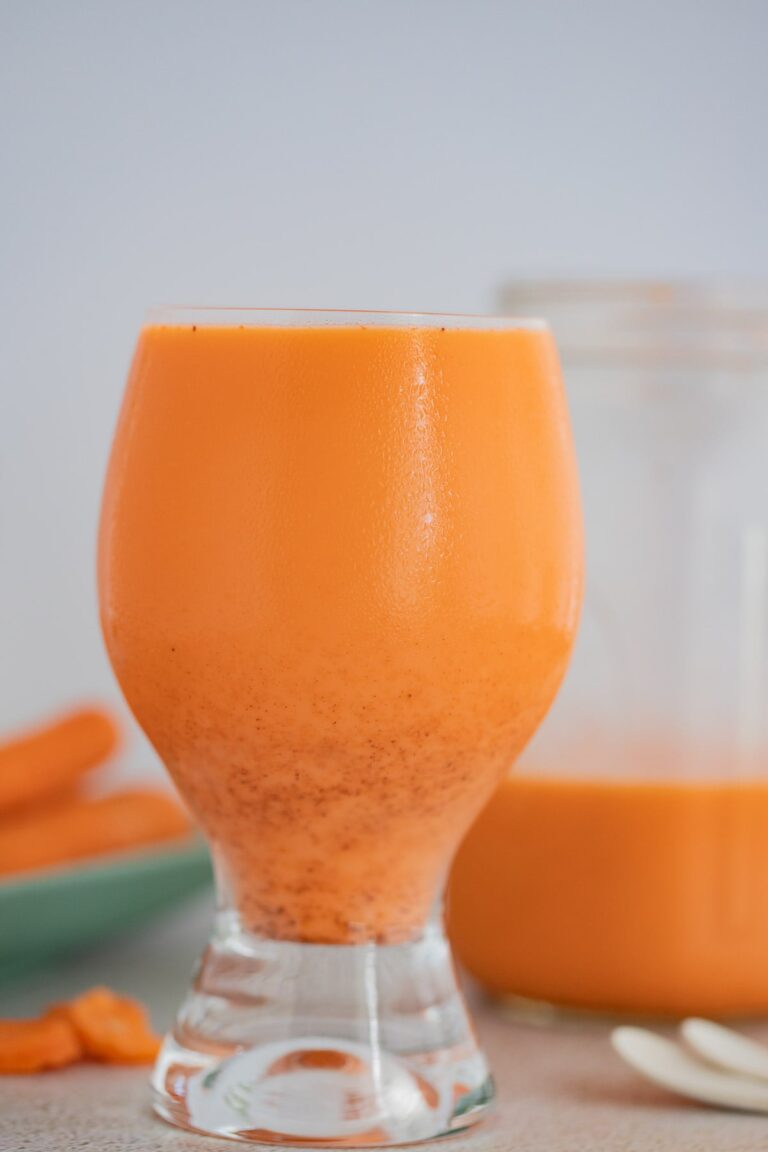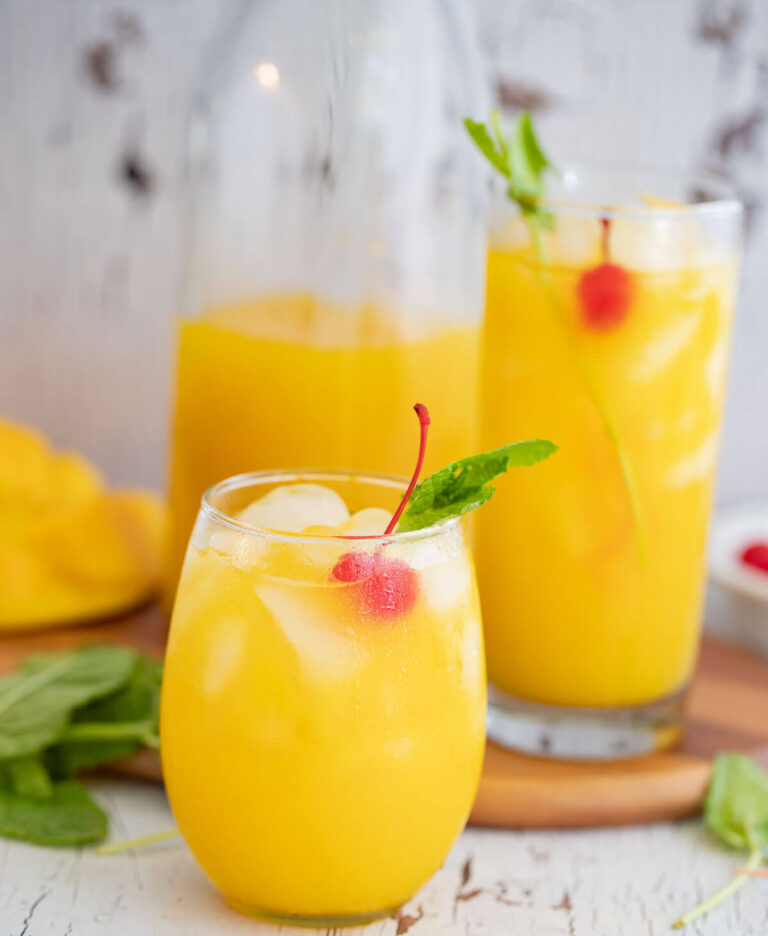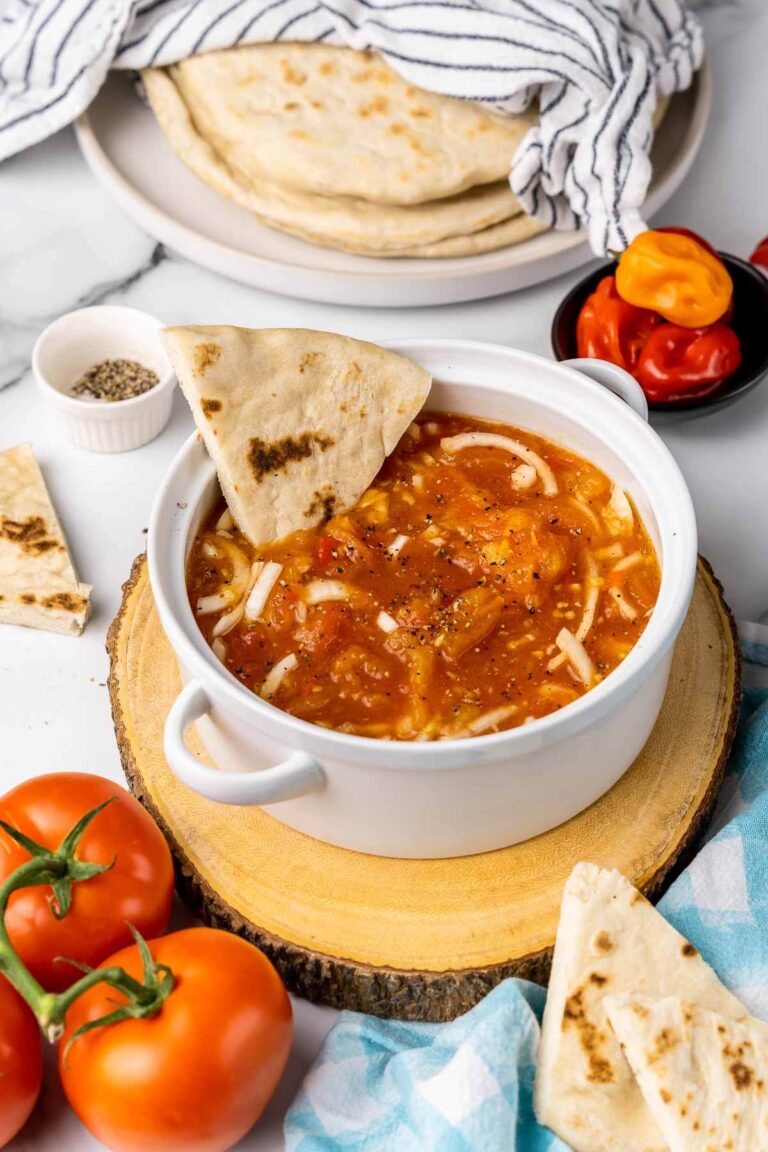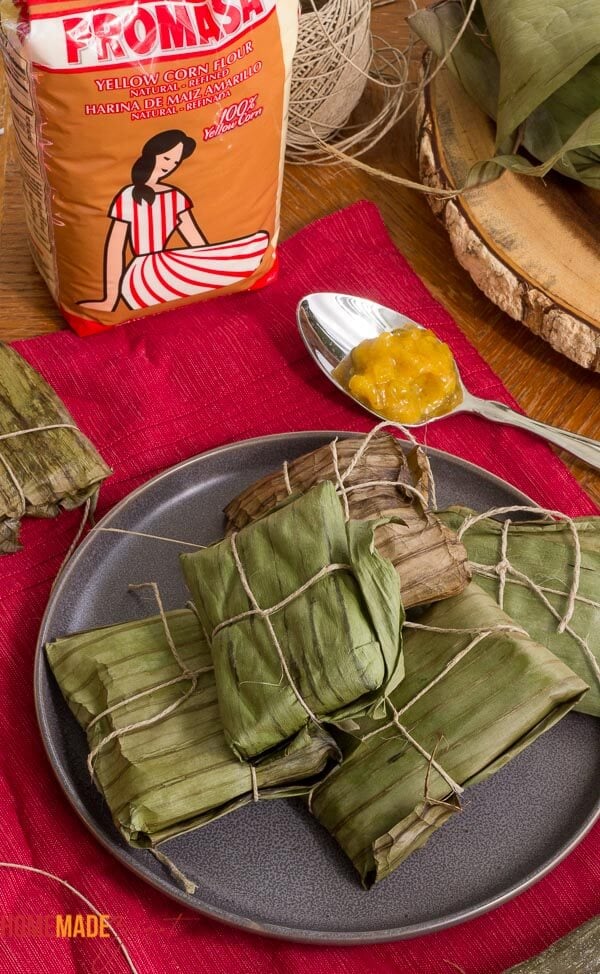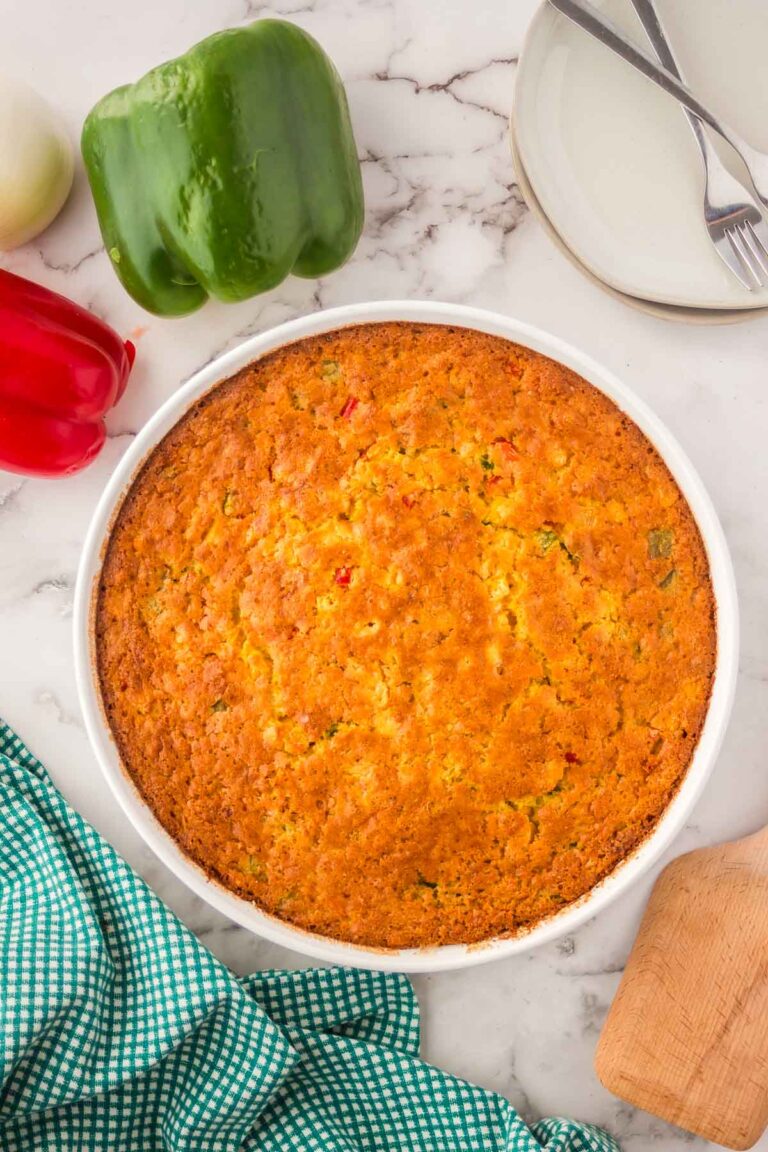How to Boil Plantains (Green or Ripe)
Simple, wholesome, and packed with tradition, boiled plantains are a staple side dish across the Caribbean. Whether you’re after starchy green ones or sweet yellow slices, this guide will help to teach you how to boil plantains perfectly every time.
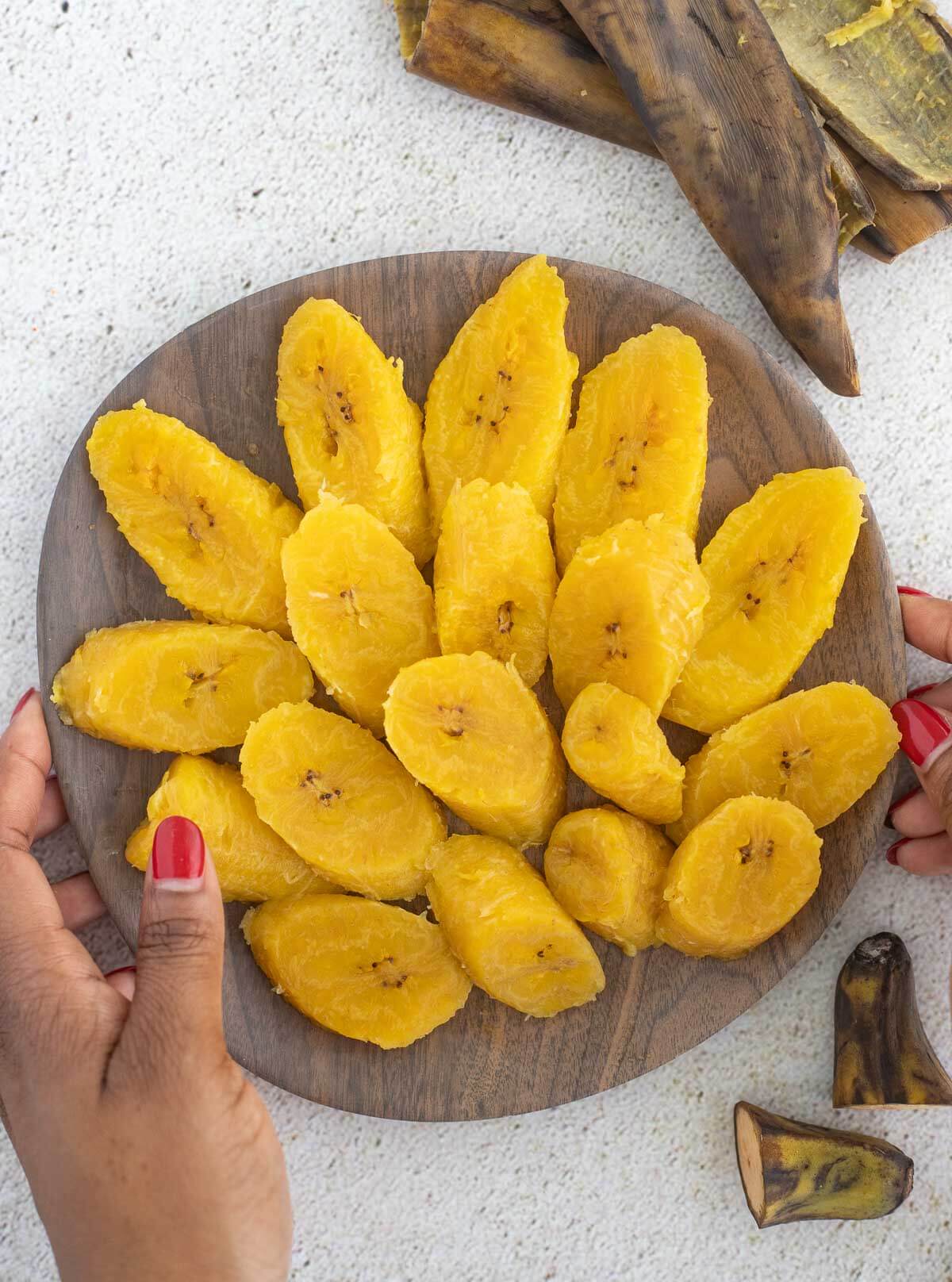
Why we love boiled plantains
Boiled plantains are one of the easiest and most versatile sides in Caribbean cooking. Green plantains give a potato-like bite, while ripe ones bring a touch of sweetness. Either way, they’re a no-fuss dish that pairs beautifully with just about anything, from stewed meats to saltfish and avocado.
In this post, I’ll walk you through how to boil plantains, how to choose the right ripeness, and how we enjoy them around the islands. And even check out my baked plantains for another healthy alternative.
What are plantains
Plantains are starchy fruits related to bananas—firmer, less sweet, and almost always cooked before eating. In Caribbean, Latin American, and African cuisines, they show up mashed, fried, baked, or boiled.
Ripeness stages:
- Green: Starchy and firm. Best for savory dishes.
- Yellow/semi-ripe: Tender and slightly sweet.
- Very ripe (black skins): Sweetest and softest—usually fried or baked, but can be boiled if still firm.
Want them crispy instead? Check out my fried plantain recipe.
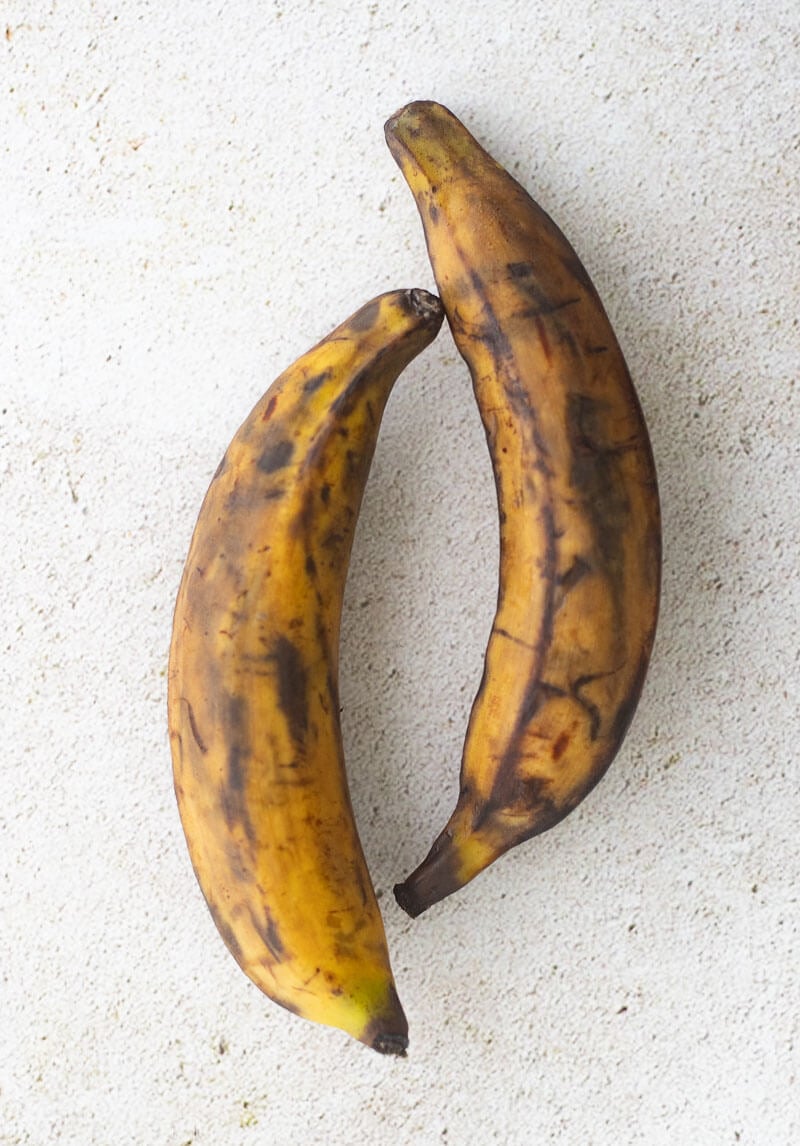
Boiled plantain: A Caribbean classic
Boiling is one of the healthiest and easiest ways to enjoy plantains. No oil needed (unless you’re using green plantains), and you get to enjoy their natural flavors. In many Caribbean households, boiled plantains show up on breakfast plates, alongside ground provisions, or are served with stewed meats and fish.
If you’re looking for a fun twist using ripe plantains, check out my ripe plantain pie recipe. It’s a delicious baked option that shows just how versatile this fruit can be. It’s comfort food, done simply.
How to boil plantains
Ingredients you’ll need
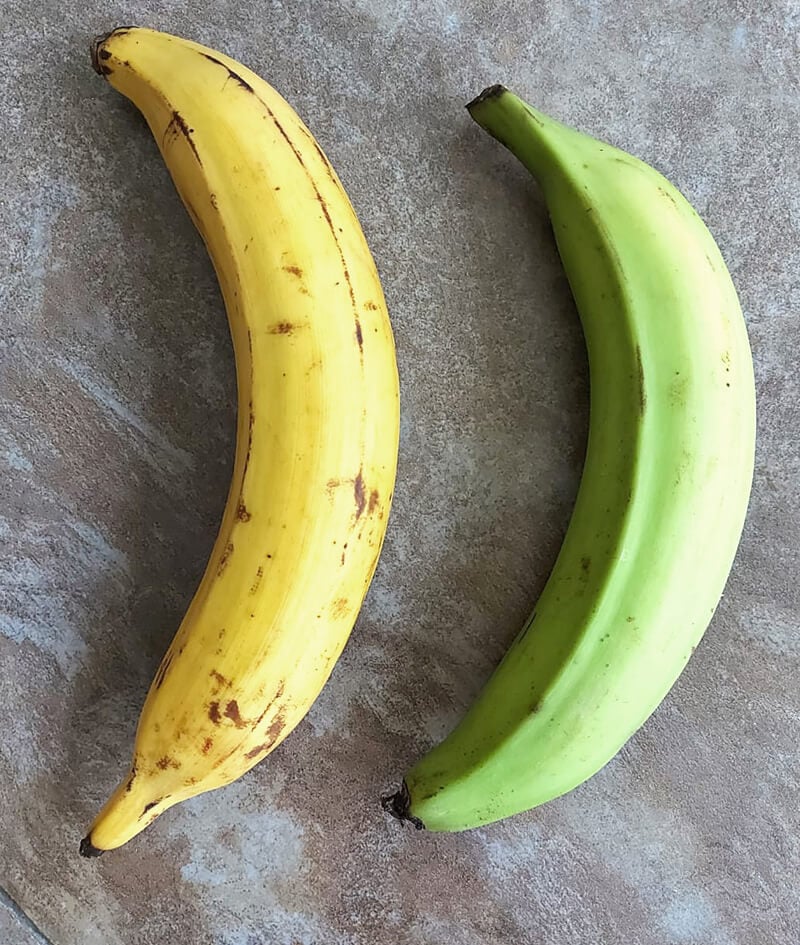
- Plantains – Green or ripe (but still firm)
- Water – Enough to fully cover the plantains
- Salt – Optional, enhances flavor
- Oil – Optional; helps keep green plantains from staining your pot
Equipment
- A large pot
- A knife
- A colander or strainer
Instructions (Step – by – step)
Step 1: Wash and Trim
Rinse the plantains well to remove any dirt or debris. Cut off both ends.
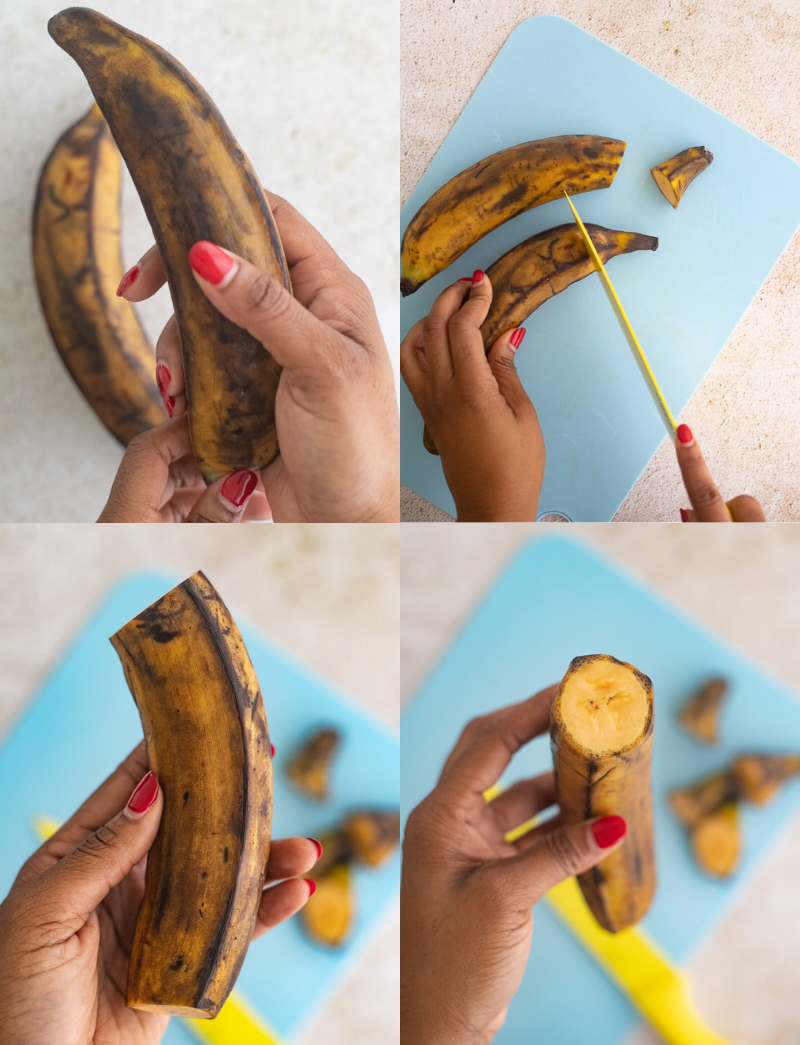
Step 2: Leave the Skin On (Optional but Recommended)
Boiling with the skin on helps hold everything together and makes peeling easier.
Step 3: Boil
Place plantains in a pot, cover with water, and add salt (and oil if using green plantains).
Bring to a boil, then simmer.
- Green: 20–25 minutes
- Ripe: 10–15 minutes
They’re done when a knife slides in easily. The skin might split, it’s normal.
Step 4: Drain and Peel
Let cool slightly, peel if needed, and slice to serve.
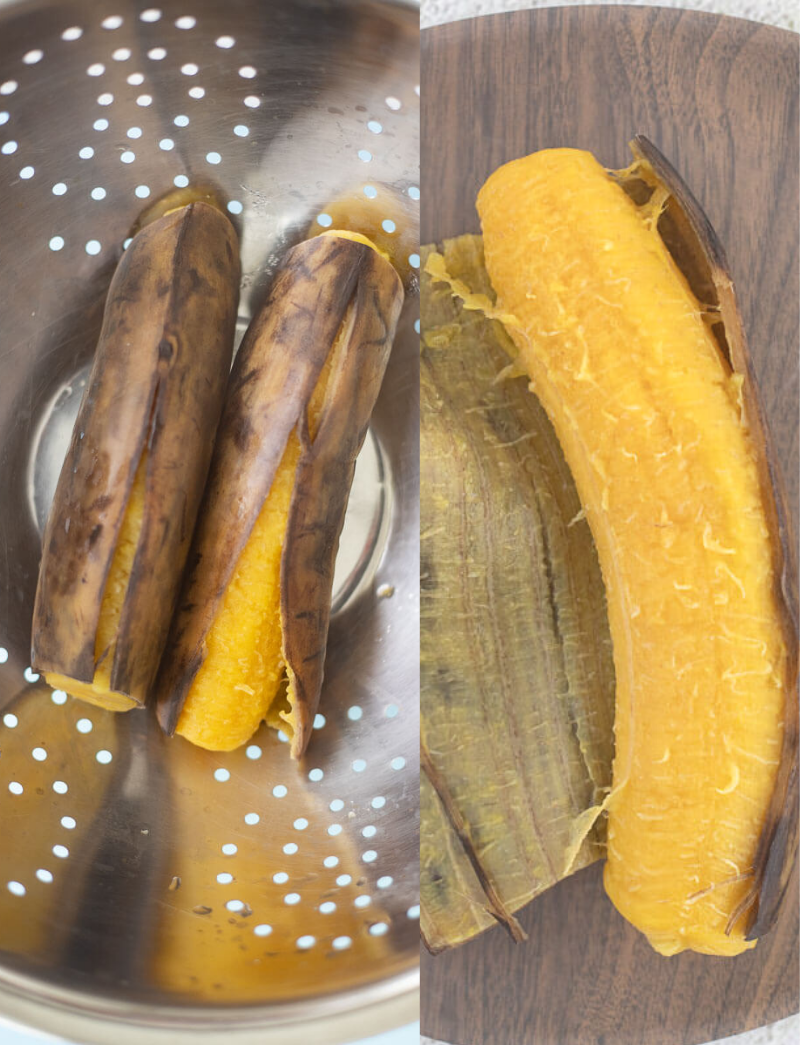
Serving Suggestions
Boiled plantains are incredibly flexible. Here are a few ideas:
- With stewed meats like chicken or oxtail
- Alongside saltfish, ground provisions, or avocado
- Mashed with butter or garlic
- As a snack with a sprinkle of salt (or level up with my sweet & spicy fried version)
Tips for success
- Don’t overboil ripe plantains—they’ll go mushy.
- Use firm ripe plantains for the best texture.
- Boiling with the skin on keeps them tidy and easy to peel.
- Want flavor? Add a garlic clove or bay leaf to the water.
- Toss cooked slices with olive oil or butter if you’re feeling fancy.
Meal prep tip: Boil in bulk and store for the week. Reheats great in the microwave or air fryer.
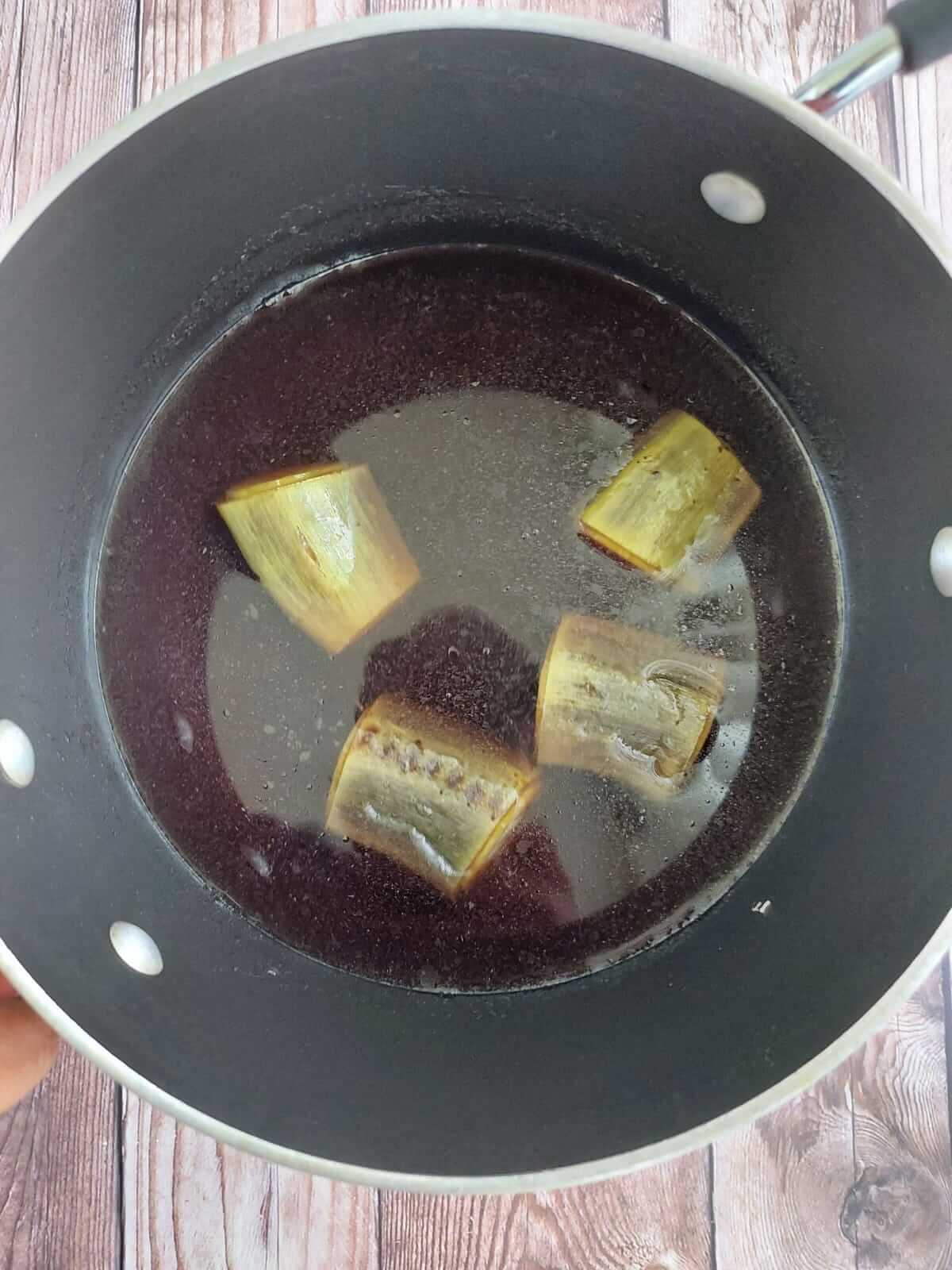
Storage and reheating
- Store in an airtight container for up to 5 days in the fridge.
- Reheat in the microwave (30-second bursts) or oven.
- Freezing? Not recommended; the texture takes a hit.
FAQs
Green = starchy and firm, needs longer to cook.
Ripe = sweeter, softer, cooks faster.
Yes! Add salt, bay leaf, or garlic for subtle flavor—especially with green plantains.
Both work, but skin-on helps preserve texture and color.
Once cooled slightly, just lift the skin with a knife—it’ll slide right off.
Yup. Perfect for meal prep.
Definitely. They’re high in fiber, potassium, and vitamins A & C. Green ones have less sugar if that’s your thing.
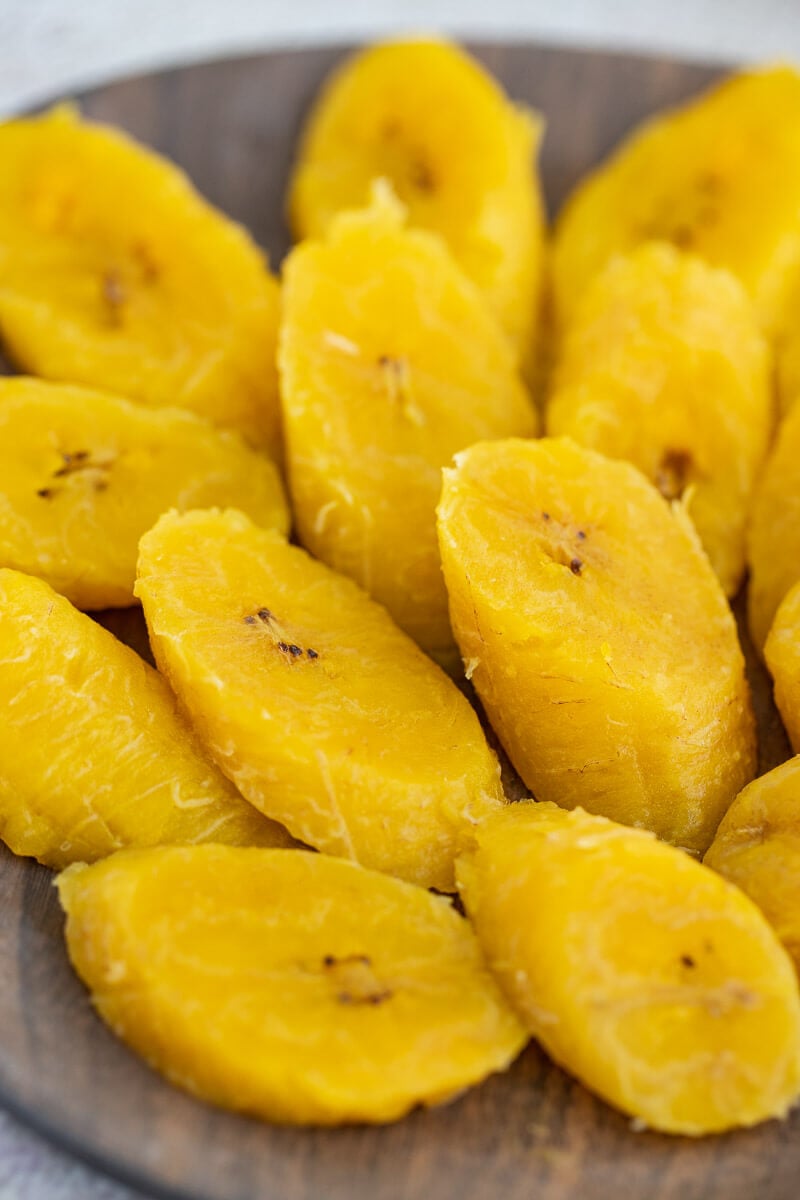
More recipes using ground provisions
Boiled plantains are comfort food, island-style.
Whether you like yours green and hearty or sweet and soft, boiling is an easy way to bring Caribbean flavor to the table. Let me know in the comments how you enjoy yours!
Recipe

How to Boil Plantain
Ingredients
Method
- Bring water to a boil in a deep pot over medium-high heat.
- Cut off the tips (head and tail) of the plantains. Discard.
- Add plantains to the boiling water.
- If using green plantains, add oil to the water.
- Boil until tender:
- Ripe plantains: about 15 minutes
- Green plantains: about 20–25 minutes
- Remove from pot, peel if not already done, and serve warm.
Nutrition
Notes
- Adding oil when boiling green plantains helps prevent staining the pot.
- You can boil plantains with or without the skin.
- Slice into chunks if needed to fit into your pot.
